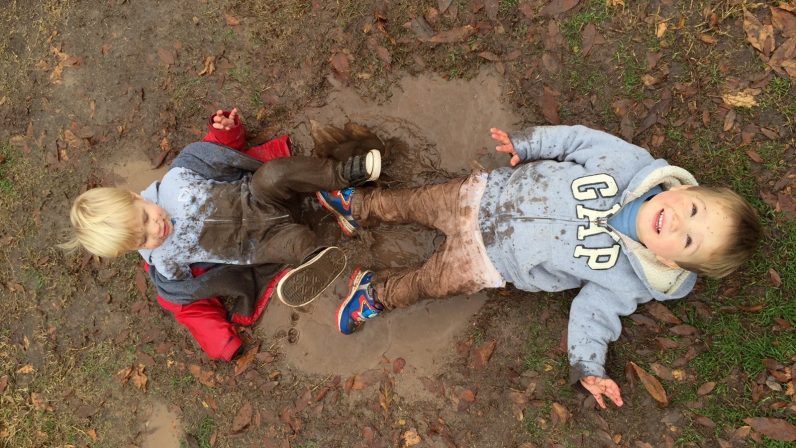I’m often asked to explain the emergent curriculum. My short answer is that it’s a way to approach curriculum development that incorporates the questions, ideas, and passions of both children and teachers. It’s an organic approach to learning that is local, immediate and authentic. I generally continue by mentioning that at the Seed we follow the Arizona Early Learning Standards for the preschoolers and the Common Core for the elementary classes. How we go about approaching those standards is where we veer from most schools.
Most recently, the concept of emergent curriculum has been associated with the Reggio Emilia preschools in Italy (http://www.reggiochildren.it/?lang=en), although the roots of emergent curriculum are tied to the work of John Dewey, Jerome Bruner, Jean Piaget, and Lev Vygotsky. In Elizabeth Jones’ excellent article, “The Emergence of the Emergent Curriculum” (http://www.naeyc.org/yc/files/yc/file/201203/Heritage_v67n2_0312_0.pdf), she describes it this way: “Emergent curriculum focuses on the process of learning. The more standardized the curriculum, the less children’s individual needs are met and the more likely it is that many children will fall behind. Children have diverse strengths. Early childhood educators, granted the flexibility to do so, can build on those strengths and on passionate interests as they help children construct genuine knowledge for themselves and practice empathy and respect for their fellow learners. In no other way can the inhabitants of a diverse world learn to share it peaceably.”
When I explain the emergent curriculum to visitors and persons unfamiliar to the term, I give lots of examples. Among those examples might be preschoolers interested in space spending months exploring the world beyond ours through a curriculum developed by their teacher based on their questions and interests. Or toddler teachers, inspired by a week of rain, with an emergent curriculum that includes messy mud puddle play, a heat lamp to represent a warm day (that also dries wet socks!), and a fan with bubbles to model how the wind blows. My explanation might also include the account of 1st and 2nd graders engaged in a campaign for kindness, based on a book that explores the impact of kindness.
The emergent curriculum has been alive and well at the Seed long before it became fashionable in early childhood settings. On Wednesday, February 17, from 3:15-5 P. M. we’ll host an event called “The Emergent Convergence.” It will showcase the emergent curriculum through lively examples from each classroom. In The Hundred Languages of Children: The Reggio Emilia Approach, Loris Malaguzzi, the first Reggio preschool teacher is quoted as saying, “Our expectations of the child must be very flexible and varied. We must be able to be amazed and enjoy like the children often do. We must be able to catch the ball that the children throw us, and toss it back to them in ways that make the children want to continue the game with us, developing, perhaps, other games as we go along.” Please plan to join us for this informative glimpse of the Seed curriculum and see for yourself the Seed’s version of “catching and tossing the ball” with our students.

